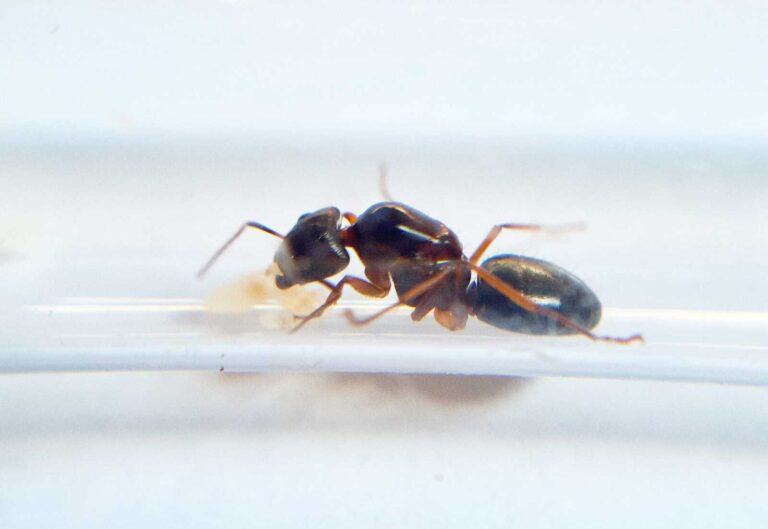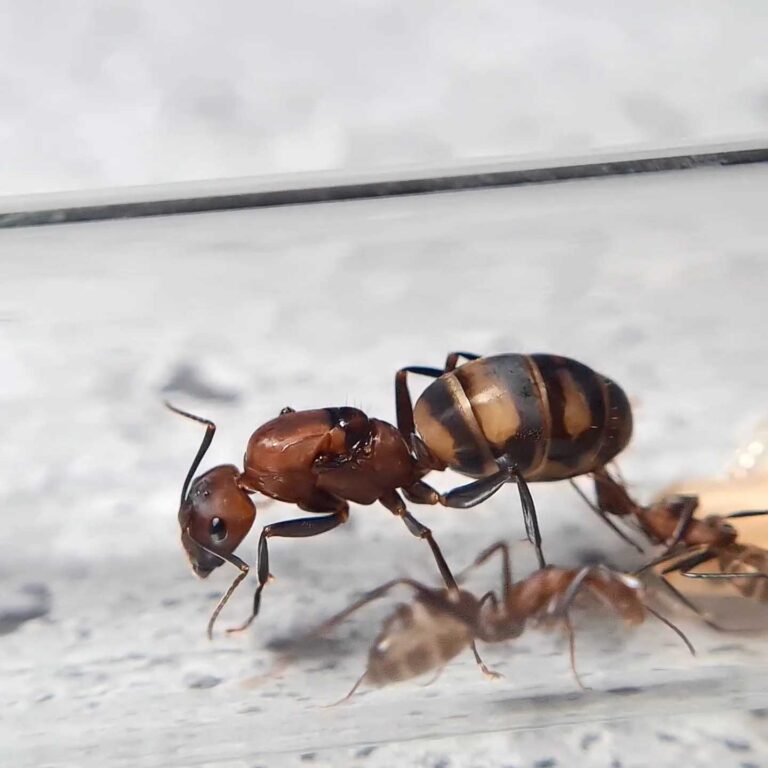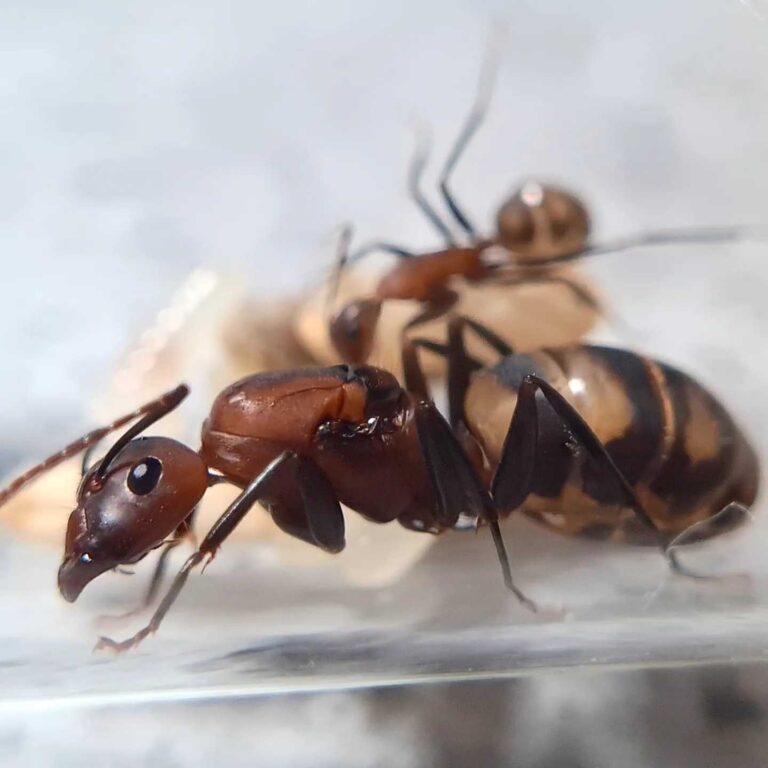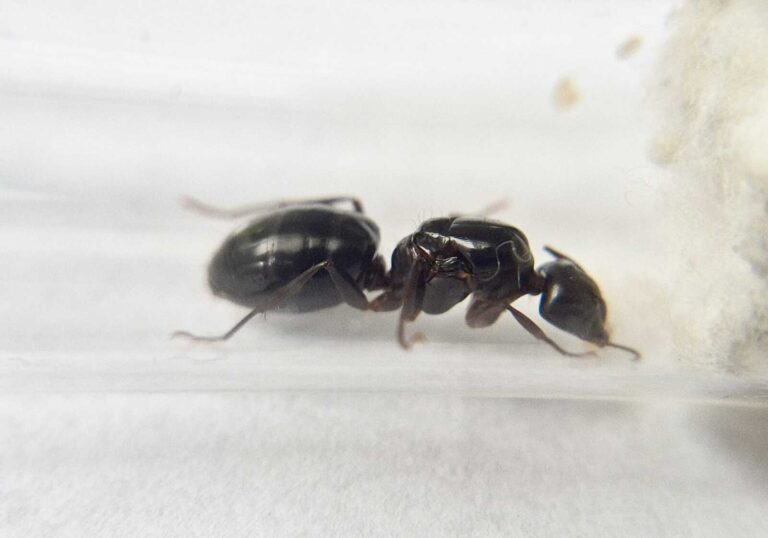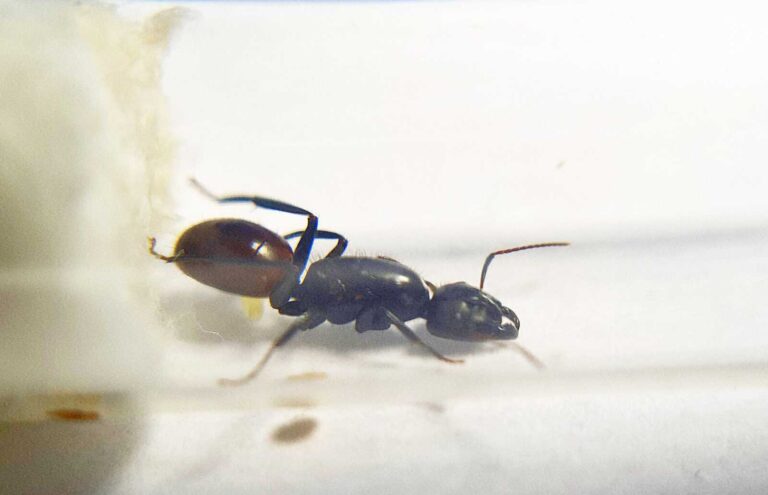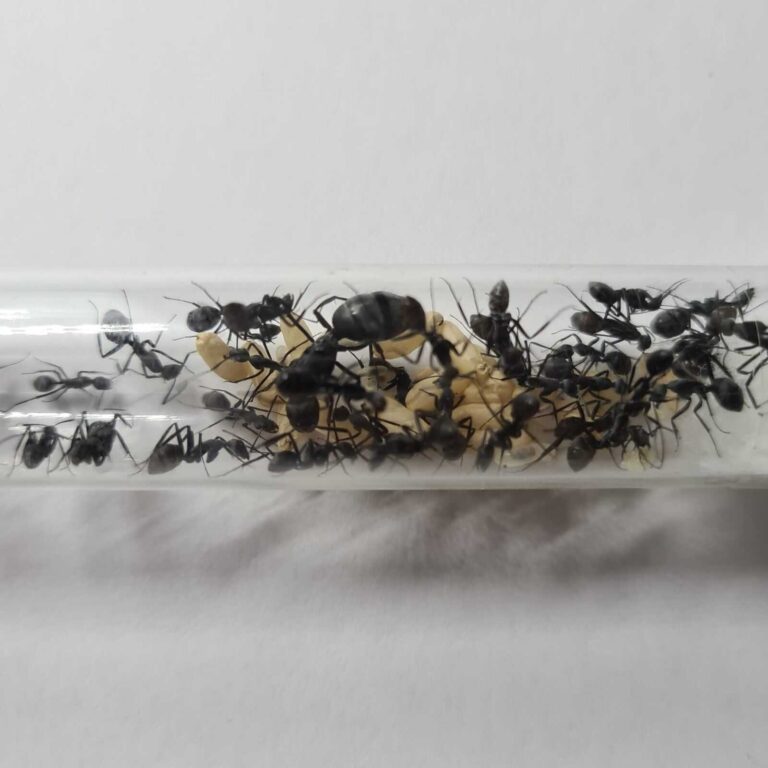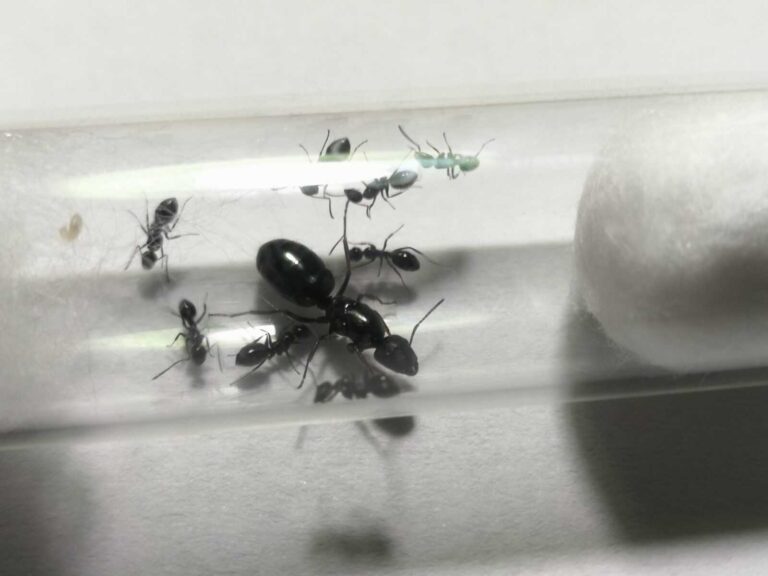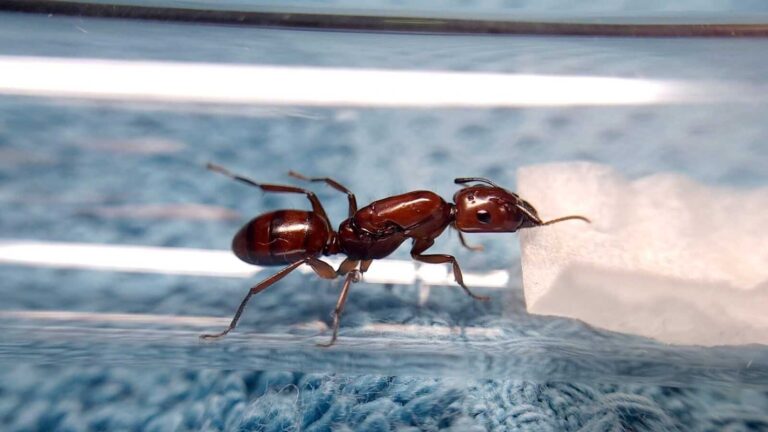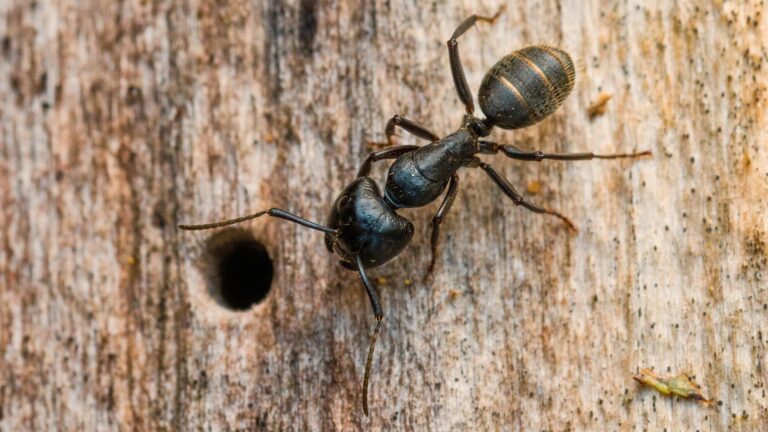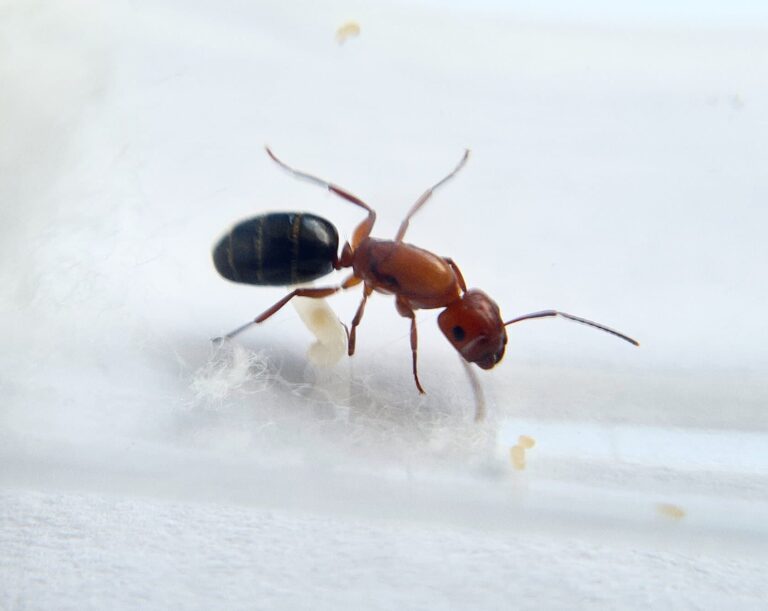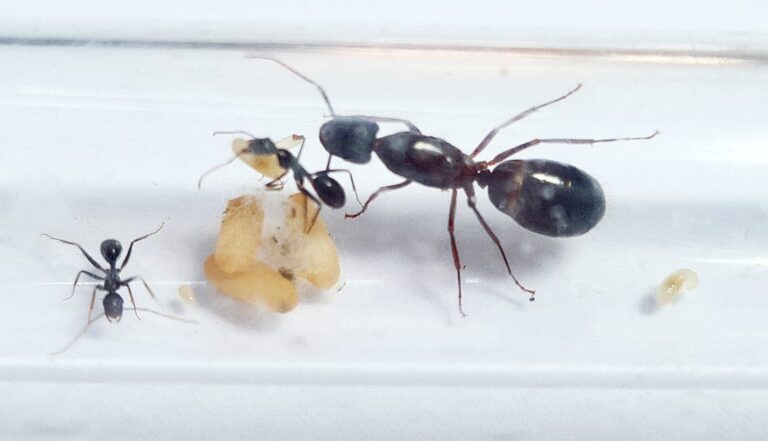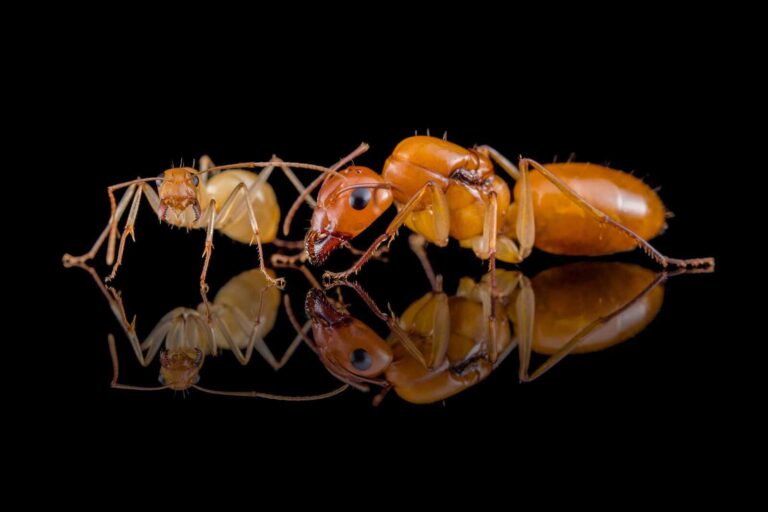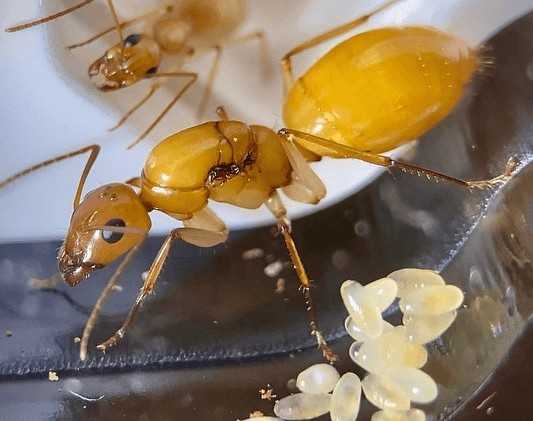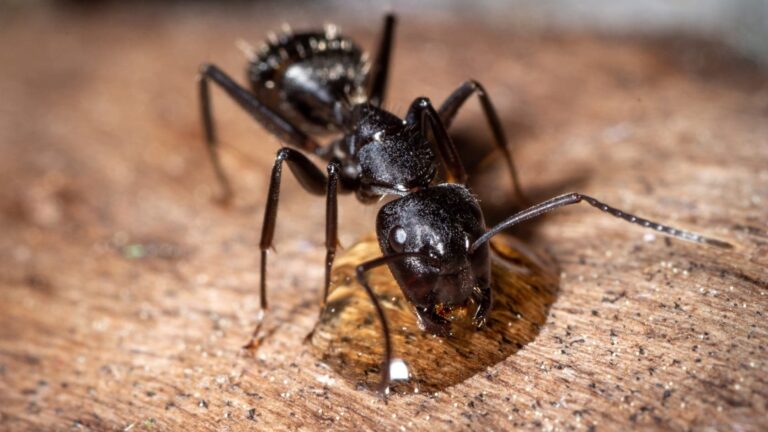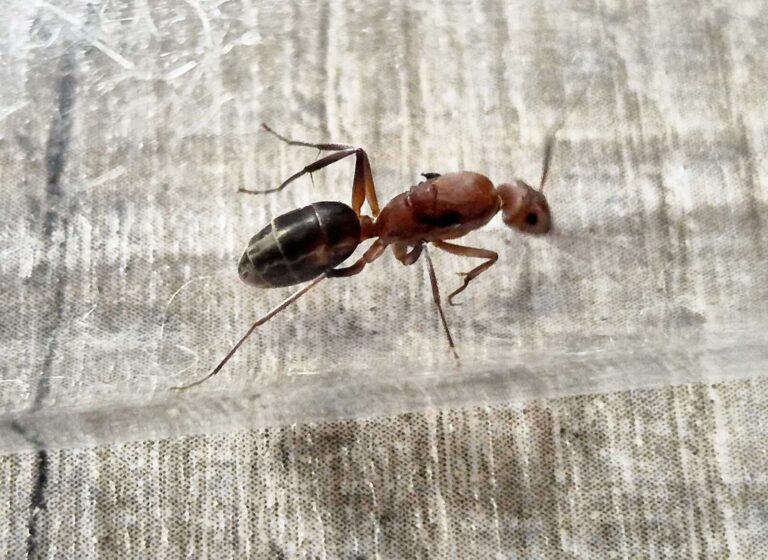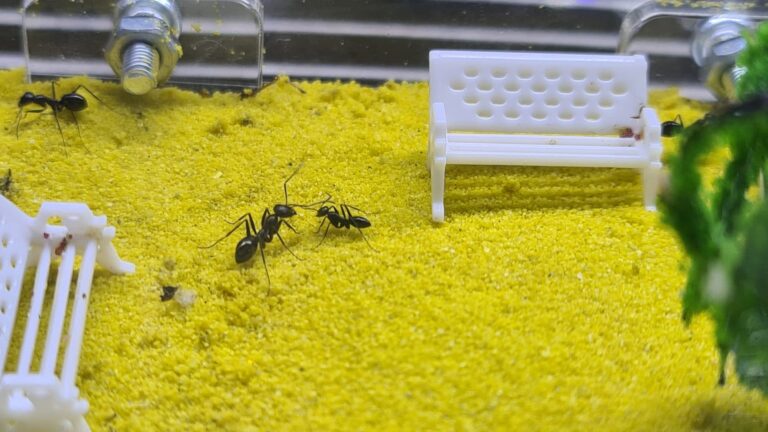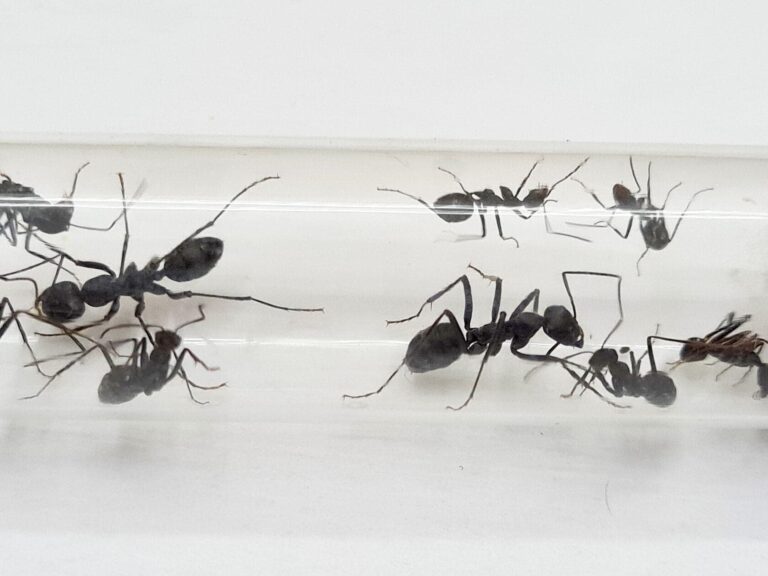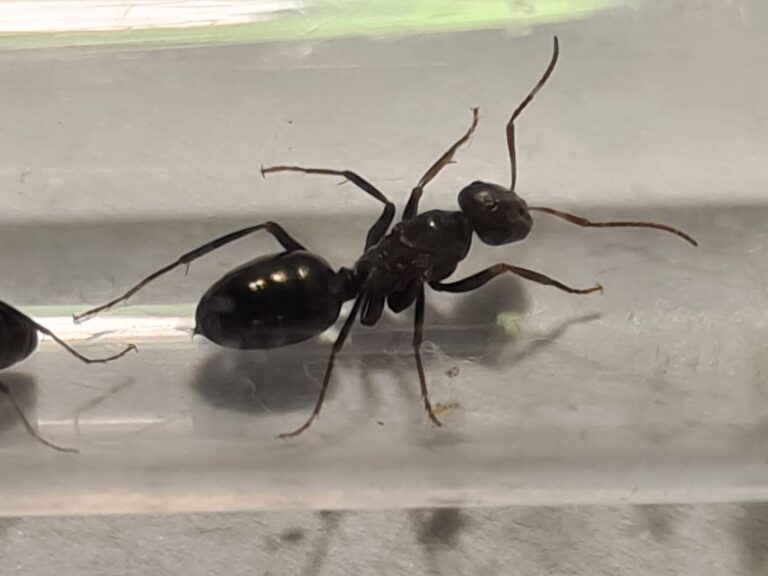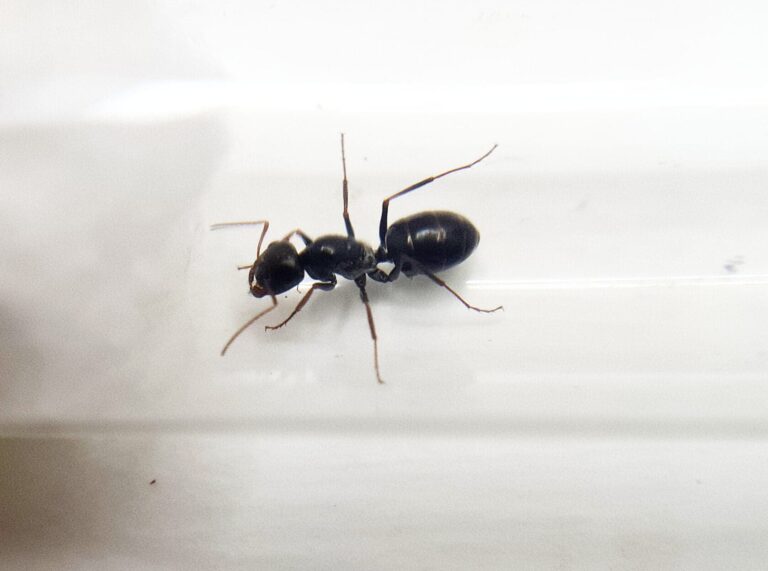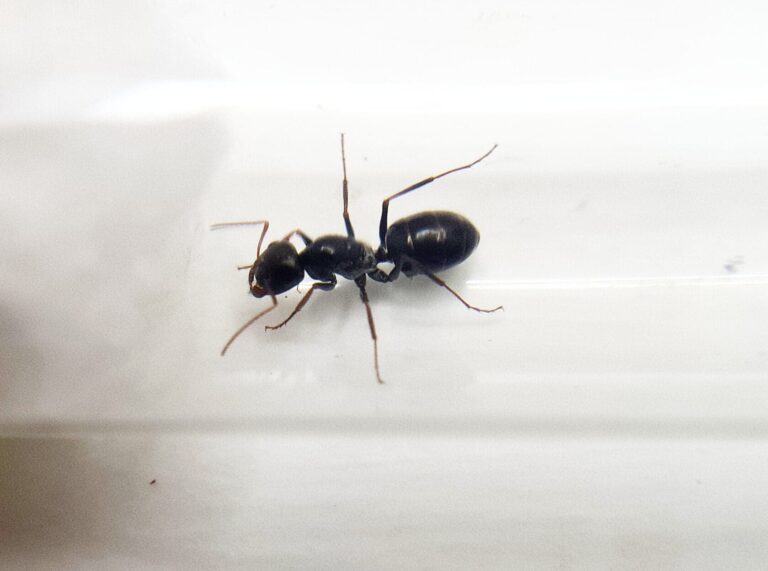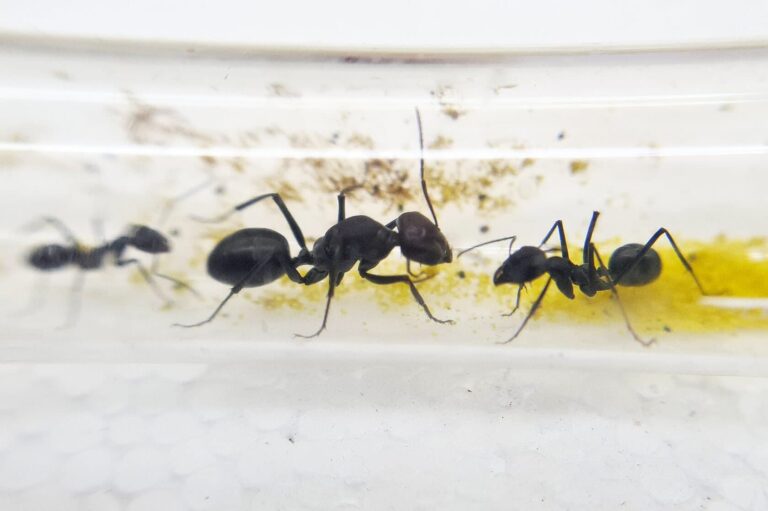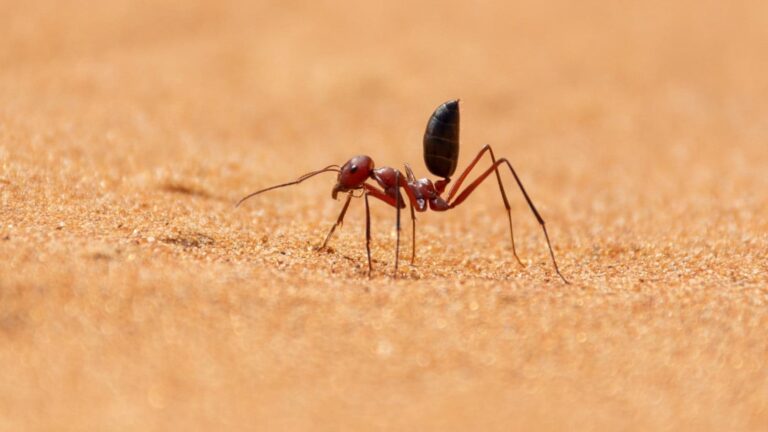Showing 61–80 of 126 results
- Queen 119
- Queen and 1-50 workers 7
- Queen and 1-3 workers 116
- Queen and 4-10 workers 115
- Queen and 11-20 workers 115
- Queen and 21-40 workers 115
- Queen and 41-60 workers 112
- Queen and 61-100 workers 74
- Queen and 51-100 workers 7
- Queen and 101-200 workers 16
- Queen and 201-500 workers 9
- Queen and 501-1000 workers 3
- 2 Queens 12
- 2 Queens and 1-50 workers 6
- 2 Queens and 1-3 workers 9
- 2 Queens and 4-10 workers 9
- 2 Queens and 11-20 workers 9
- 2 Queen and 21-40 workers 8
- 2 Queens and 41-60 workers 8
- 2 Queens and 61-100 workers 4
- 2 Queens and 101-200 workers 7
- 2 Queens and 51-100 workers 6
- 2 Queens and 201-500 workers 5
- 2 Queens and 501-1000 workers 1
- 3 Queens 4
- 3 Queens and 1-50 workers 6
- 3 Queens and 1-3 workers 3
- 3 Queens and 4-10 workers 3
- 3 Queens and 11-20 workers 3
- 3 Queens and 21-40 workers 3
- 3 Queens and 41-60 workers 3
- 3 Queens and 61-100 workers 2
- 3 Queens and 51-100 workers 6
- 3 Queens and 101-200 workers 7
- 3 Queens and 201-500 workers 5
MicroMicro 9
SmallSmall 23
MediumMedium 65
LargeLarge 28
HugeHuge 1
Camponotus fervidus is a monogynous ant species with a colony size of up to 2000 workers. They have a medium development rate. The queen measures 13-15mm, while the workers and majors measure 5-8mm and 7-11mm respectively. They have a black head, brown chest, and dark orange belly. They primarily feed on food insects, syrup, fruits, vegetables, and other sources of nutrition.
Camponotus habereri is a medium-sized ant species with monogynous colonies that can reach up to 5000 workers. The queen measures 14-16 mm, while the workers are 5-9 mm and the majors are 8-13 mm. They have a brown-red color with a black abdomen and yellow spots. Their nutrition includes insect food, syrup, fruits, vegetables, jelly, and cooked food.
Camponotus largiceps is a species of ant with a distinct size and color. It requires specific nutrition and humidity levels, as well as temperature guidelines for proper development. Overall, Camponotus largiceps is a unique species that requires specific care and conditions for optimal growth and development.
Camponotus misturus is a monogynous ant species with fast development speed and a colony size of up to 2,000 workers. The queen measures 14-16mm in size, while workers range from 4-8mm and majors are 9-12mm. They have a black head and body with a slightly red abdomen. Their nutrition includes food insects, syrup, fruit, vegetables, and jelly.
The Camponotus petersii ant colony is monogynous and can have up to 5000 workers. They have a medium development rate. The queen is 13-15mm in size, while workers range from 4-9mm and majors are 7-10mm. They have a dark gray color with stripes on their abdomen. Their nutrition includes food insects, syrup, fruit, vegetables, jelly, and cooked food.
Camponotus piceus is a monogynous ant species with colonies that can reach up to 1000 worker ants. They have a medium development rate. The queen is 8-10 mm in size, while the workers are 3-5 mm and the majors are 7-8 mm. They have a glossy black color. Their nutrition includes food insects, syrup, fruits, vegetables, jelly, and cooked chicken without salt.
Camponotus quadrisectus is a monogynous ant species with a colony size of up to 5,000 workers. The ants have a medium development rate and come in various sizes, with queens measuring 15-17 mm and workers measuring 4-8 mm. They are light reddish brown in color and their diet consists of food insects, syrup, fruit, vegetables, jelly, and cooked chicken without salt.
Camponotus saxatilis is a monogynous ant species with colony sizes of up to 10,000 workers. They have a slow development rate. The queen measures 15-18 mm, workers measure 6-9 mm, and majors measure 10-12 mm. They have a black mat color with thick yellow-gray hair on their bodies. Their diet consists of food insects, syrup, fruits, and vegetables.
Camponotus sayi is a species of ant with a monogynous colony type and a slow development speed. The colony can have up to 5,000 workers. The queen is 12-13 mm in size, workers are 4-7 mm, and majors are 9-12 mm. They have an orange-red head and chest, and a shiny black belly. Their nutrition includes food insects, syrup, fruit, and vegetables.
Camponotus sylvaticus ants are a fascinating species known for their monogyny colony type and moderate development rate. With queens measuring 14-16 mm and workers ranging from 5-9 mm in size, these ants are a captivating addition to any ant enthusiast’s collection.
Camponotus turkestanus is a gold-colored ant species with a colony size of up to 10,000 workers. They have a monogyny or sometimes poly colony type and a medium development rate. Their nutrition consists of food insects, syrup, fruit, vegetables, jelly, and cooked chicken. The queen measures 12-15mm, workers are 5-10mm, and majors range from 6-16mm.
Camponotus vagus is a glossy black ant known for its calm nature. With monogynous colonies of up to 10,000 workers, their slow development rate is compensated for by the large colony size. The queen measures 14-17 mm, while the workers range from 5 to 9 mm in length.
Camponotus vestitus is a species of ant that comes in various sizes and colors. They require specific nutrition, humidity, and temperature levels to thrive. Developing a colony of Camponotus vestitus requires careful attention to these guidelines. Overall, this ant species presents a unique and interesting opportunity for ant enthusiasts.
The Cataglyphis aenescens is a polygynous ant species with colony sizes of up to 5000 workers. They have a fast development speed and come in different sizes, with queens measuring 10-12 mm and workers ranging from 4-9 mm. The ants are black in color and their nutrition includes insect food, syrup, fruits, vegetables, jelly, and cooked chicken without salt.
Cataglyphis hispanica is a polygynous ant species with colony sizes of up to 20,000 workers. They have a very fast development speed. The queen measures 12-16 mm, while workers measure 7-16 mm. They are black in color with a red head. Their diet consists of food insects, syrup, fruits, vegetables, jelly, and cooked chicken without salt.
The Cataglyphis iberica is a polygynous ant species with colonies that can contain up to 5000 individuals. They have a very fast development speed. The ants vary in size, with the queen measuring 9-12 mm, workers measuring 4-11 mm, and majors measuring 8-12 mm. They have a black abdomen, back, and head that is dark red in color. Their nutrition consists of insect food, syrup, fruit, vegetables, and jelly.
Cataglyphis isis is a polygynous ant species with a colony size of up to 5000 workers. They have a very fast development speed. The queen measures 9-11 mm in size, while workers range from 4-9 mm. They are characterized by their red color and slightly yellow legs. Their nutrition consists of food insects, syrup, fruits, vegetables, jelly, and cooked chicken without salt.
The Cataglyphis nodus is a species of ant with a polygynous colony type and a fast development speed. The colony can have up to 5000 workers and the ants range in size from 15-18 mm for the queen and 5-15 mm for the workers. They have a dark red color and their nutrition consists of food insects, syrup, fruit, vegetables, jelly, and cooked chicken without salt.
Cataglyphis savignyi is a polygynous ant species with colony sizes up to 10,000 individuals. They have a very fast development speed and range in size from 16-21 mm for the queen and 5-17 mm for the workers. These reddish brown ants primarily feed on food insects, syrup, fruits, vegetables, jelly, and cooked chicken without salt.
Cataglyphis velox is a polygynous ant species with colonies consisting of up to 5000 workers. They have a very fast development speed. The queen ant has a size of 13-17 mm, while the workers range from 5-15 mm. Their color is red with a black abdomen. They primarily feed on food insects such as cockroaches and crickets, as well as syrup, fruit, vegetables, jelly, and cooked chicken without salt.


